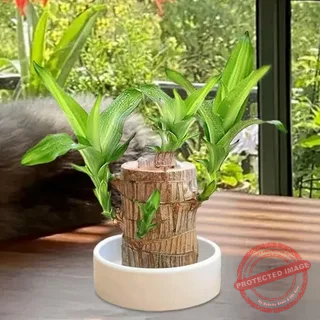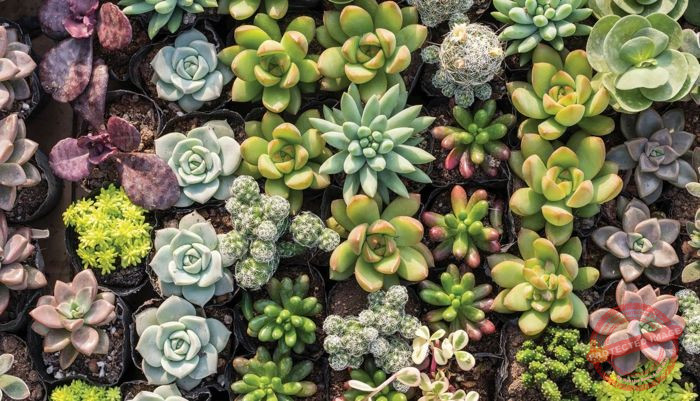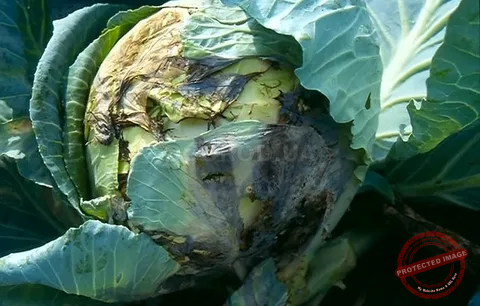The bunny ears cactus (Opuntia microdasys), also known as polka-dot cactus or angel’s wings, is a low-maintenance succulent native to Mexico and Arizona. With its unique “ear-shaped” pads and fuzzy golden dots, this cactus adds charm to any garden or indoor space.
Despite its cute appearance, it’s covered in tiny glochids—barbed bristles that can cause irritation—so proper handling is essential.
In this guide, you’ll discover everything you need to know about growing and caring for bunny ears cactus—from ideal growing conditions to watering schedules, propagation, and pest management.
Quick Facts About Bunny Ears Cactus
-
Scientific Name: Opuntia microdasys
-
Common Names: Bunny ears cactus, polka-dot cactus, angel’s wings
-
Plant Type: Cactus, succulent
-
Hardiness Zone: USDA Zones 9–12 (outdoors), houseplant elsewhere
-
Mature Size: 2–3 feet tall, 4–6 feet wide
-
Bloom Time: Spring and summer (yellow flowers)
-
Best Uses: Houseplant, xeriscaping, rock gardens, patio pots
Growing Conditions for Bunny Ears Cactus
Light Requirements
-
Thrives in full sun with at least 6 hours of direct light daily.
-
Indoors, place near a south- or west-facing window with bright, indirect light.
-
Rotate weekly for even growth.
Soil Needs
-
Prefers loose, sandy, well-draining soil.
-
For pots, use a cactus mix with sand, perlite, or pumice.
-
Ideal soil pH: 6.0–7.5 (slightly acidic to neutral).
Watering Schedule
-
During the growing season (spring–summer), water every 2–4 weeks when soil is dry 1–2 inches deep.
-
In winter dormancy, reduce watering significantly.
-
Always let soil dry out completely before rewatering.
Temperature & Humidity
-
Tolerates desert-like conditions: hot days and cool nights.
-
Ideal indoor range: 50–65°F during dormancy.
-
Can survive short dips to 20°F if grown outdoors.
Fertilizing Bunny Ears Cactus
-
Fertilize in spring and summer only.
-
Use a low-nitrogen cactus fertilizer such as 2-7-7 (NPK) to encourage healthy growth.
-
Avoid fertilizing in fall and winter.
Propagation Methods
From Cuttings
-
Select a mature pad and snap it off cleanly.
-
Let it callus over for several days.
-
Plant in well-draining cactus soil, burying one-third of the pad.
-
Water lightly and wait for new growth before transplanting.
From Seeds
-
Scarify seeds lightly, soak overnight, and sow in sandy soil.
-
Keep warm (75–80°F) and moist until germination.
-
Transplant when seedlings are strong enough.
Common Pests and Diseases
-
Pests: Cochineal scale, spider mites, and mealybugs.
-
Treat with neem oil or insecticidal soap.
-
-
Diseases: Root rot (from overwatering) and fungal spots.
-
Prevent by ensuring soil drains well and avoiding overhead watering.
-
Safety Tips
-
The fuzzy dots on bunny ears cactus are glochids—tiny, sharp bristles that detach easily and can irritate skin.
-
Always handle with gloves and tongs, and keep away from pets and children.
FAQ – Bunny Ears Cactus Care
1. Is bunny ears cactus toxic to pets?
Yes. While not highly poisonous, the glochids can injure mouths and throats if ingested. Keep away from cats, dogs, and small animals.
2. How often should I water bunny ears cactus?
Water every 2–4 weeks in summer and sparingly in winter. Always let the soil dry before watering again.
3. Can bunny ears cactus flower indoors?
Rarely. Flowers are more likely when grown outdoors in full sun.
4. Why is my bunny ears cactus drooping?
This may be due to overwatering, lack of sunlight, or poor soil drainage. Adjust conditions accordingly.
5. Can I grow bunny ears cactus in cold climates?
Yes, but only as a potted indoor plant. Bring it inside before the first frost.
Conclusion
The bunny ears cactus (Opuntia microdasys) is a stunning, low-maintenance plant that thrives in dry, sunny environments. With the right soil, light, and watering schedule, you can enjoy this quirky cactus as a houseplant or landscape feature for years.
🌵 Ready to expand your cactus collection? Check out our [guides on prickly pear cactus care] and other drought-tolerant succulents to create your perfect xeriscape garden.



